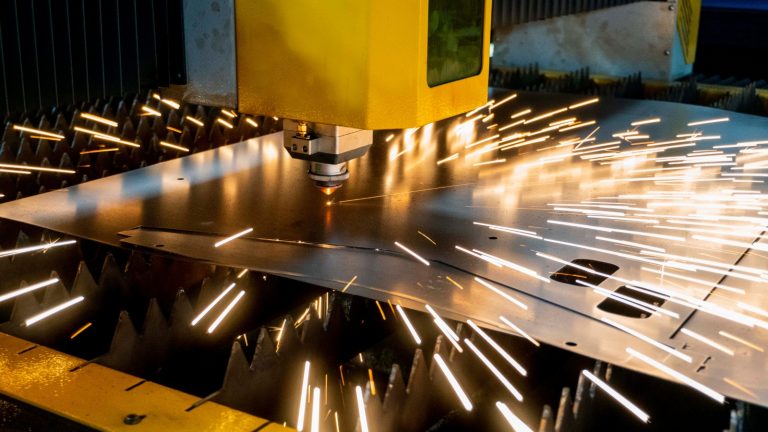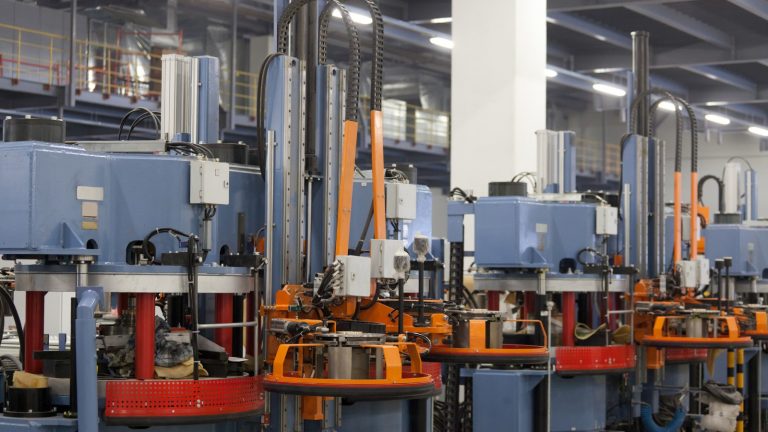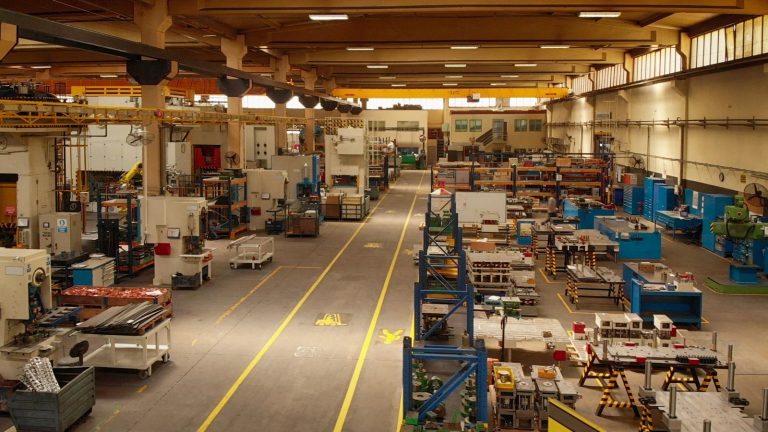The manufacturing industry has always been known as one of the most complicated business streams in the world. You know that when the final product is as small as your palm, the manufacturing process is a full-scale procedure that requires a lot of actions and steps.
In today’s article, we will talk about the whole concept of the manufacturing process and the widely used manufacturing process kinds.
What is the Manufacturing Process?

Let us put this briefly. The manufacturing process is known as a series of steps and activities included in transforming raw materials or components into finished products at the end.
This cannot be done in one or two steps, as it has to surpass various stages, starting from design and planning through to the assembly and delivery of the final item. This means the final product is a result of the completion of each stage in this process, including machining, moulding, assembling, and quality control.
Throughout the manufacturing process, accuracy, efficiency, and quality control are essential to ensuring that the result meets the required standards and specifications.
This process usually comprises systematic growth from raw materials to the finished, market-ready product, yet it can vary significantly depending on the product being created, the materials utilised, and the technology utilised. Basically, the time and the steps are all determined by the above-said criteria of the product.
Top 6 Manufacturing Processes

Repetitive Manufacturing
There are six manufacturing processes we usually encounter in the manufacturing business arena, and in the section below, you are going to explore all six of them.
Repetitive manufacturing is a production technique that includes constantly producing the same product in a standardised way. It means making things that are exactly the same or quite similar while avoiding frequent changes to the manufacturing setup that is already fixed.
This method produces items consistently by using assembly lines or automated technology and following scheduled, repeated stages. In this repetitive manufacturing, the goals are to minimise costs, streamline operations, and maintain quality, efficiency, and consistency; they receive top priority for sure.
Who does need this type of manufacturing? It is visible that this is commonly used for items with stable demand. It allows for efficient use of resources and optimised production schedules. This method is suitable to emphasise standardisation, predictable workflows, and minimising variation to ensure steady, high-volume production of goods.
Job Shop Manufacturing
This type of manufacturing refers to a production method where items are created based on specific customer orders or unique specifications. Job shop manufacturing handles a variety of items that are custom-made or low-volume, which require flexible workflows and specialist procedures if we compare it with repetitive manufacturing.
As you can see, not each customer goes with the same flow when placing their orders. In order to satisfy specific customer needs, every product usually requires a particular set of routing, sequencing, and production procedures. These job shop manufacturing facilities usually include trained staff and adaptable machinery to meet such different industrial demands.
You can see that job shop manufacturing’s success lies in the hands of its ability to provide customisation, flexibility, and precision in the first place. This often requires complex scheduling to produce a diverse range of products, and the staff needs to pay personalised attention to each job, which helps with customisation, yet due to the complexity of the production, it takes a longer period to finish one order.
Discrete Manufacturing
Discrete manufacturing is completely different from the two we talked about in the above sections, as this refers to the production of distinct, individual units or items that can be counted, tracked, and separated.
If we elaborate on this more deeply, this includes the production of distinct, recognisable products like electronics, furniture, and cars that are often put together from different sections or components. In order to manufacture such items, this approach adheres to the precise bill of materials (BOM) and routing standards. A unique identification helps to differentiate one unit from the others, and typically each unit goes through a certain set of procedures, such as assembly, testing, and inspection.
If you need to offer a high level of focus on accuracy, quality assurance, and managing individual units through the production process, discrete manufacturing should be empowered by customisation, traceability, and quality assurance for every final product.
Continuous Process Manufacturing
This includes the uninterrupted, ongoing production of products, typically in bulk, without distinct separation between units. The difference between this and repetitive manufacturing is that continuous process manufacturing applies to bulk production.
Where can we see this? This approach is widely used in industries where raw materials are constantly passed through a network of related processes, such as the chemical, oil, and food processing industries.
The uniqueness of this is that it operates in a constant, non-stop manner, coupling with automated systems and specialised equipment to maintain a consistent output. The manufacturing process does not include any discrete assembly or particular unit creation; instead, it concentrates on the ongoing change of resources.
Quality control is something that the authorities pay full-scale attention to at various stages of the continuous process as they need to ensure consistency in output. This approach focuses on productivity, economies of scale, and stable production rates in order to achieve an uninterrupted flow of output.
Batch Process Manufacturing
As one of the most applied manufacturing processes in the current market, this occurs for the creation of products in specific groups or batches. However, is there any difference between this and continuous manufacturing? Yes, because this produces items in separate, identifiable sets, where raw materials are processed together as a batch. Each batch follows a predetermined set of steps, which permits customisation or variations within a set group.
This method is mostly evident when it comes to industries like pharmaceuticals, breweries, or cosmetics, where specific quantities of items are manufactured at once.
Batch process manufacturing offers flexibility in production that allows adjustments between batches and encourages quality control within smaller, manageable quantities. It is a mix of separate and ongoing production methods since it permits specialised handling and customisation within each batch while maintaining efficiency through simplified operations.
3D Printing
3D printing, which you might know as additive manufacturing, is a process that constructs objects layer by layer from digital models using materials like plastics, metals, or ceramics.
This approach has been introduced to the manufacturing realm in order to fill the gaps in the industry. As you can see, this is a cutting-edge process that makes complicated shapes and patterns that are not achievable with conventional methods.
The process begins with a digital model sliced into thin layers. After that, the 3D printer adds material layer by layer to gradually construct the component. With the use of only necessary resources, this technique massively reduces waste through its quick prototyping, customisation, and on-demand production.
Cerexio Powered a Fusion of Technologies for the Manufacturing Industry

Cerexio technologies are empowered by Industry 4.0 digital capabilities, and our solutions range from Artificial Intelligence (AI), Digital Twin, AR & VR, Hybrid Cloud, Digital Twin, Predictive Analytics, etc. We specifically cater to these robust solutions for the manufacturing industry, and these technologies can stand alone or be conveniently integrated into your existing systems. With Cerexio solutions, maximum ROI, time-saving, energy-saving, and boosting efficiency are totally achievable.
Making the Manufacturing Process Convenient with Technology

Since you have gone through this whole article, you now know that there are many manufacturing processes you can choose from, considering the exact type of your business. Technology is something that expedites your movement towards success, but only if you collaborate with the right suppliers.
